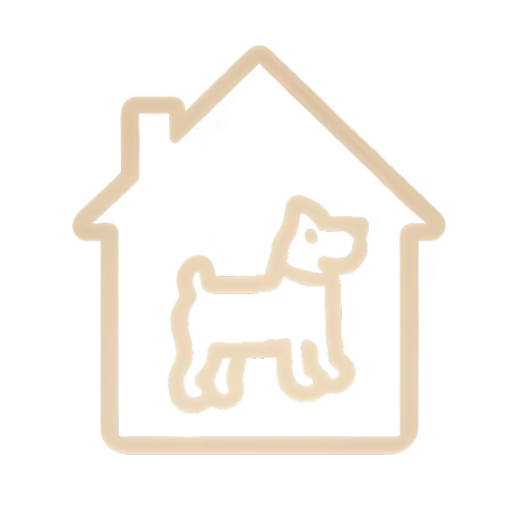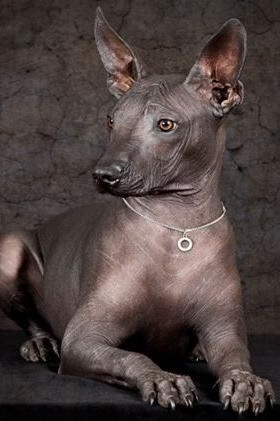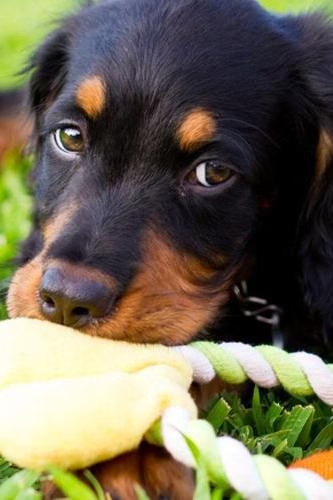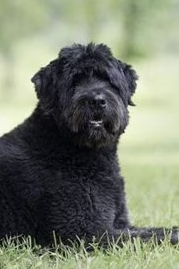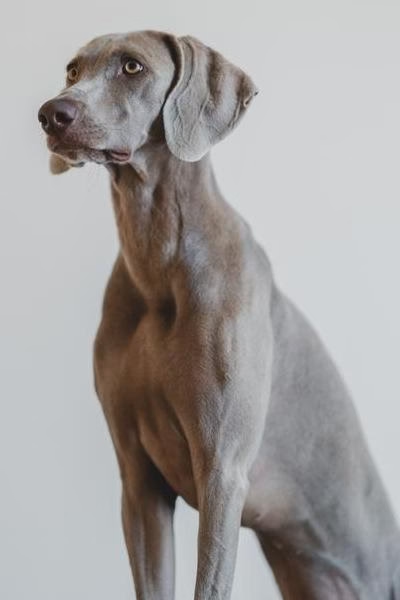Brussels Griffon (Belgian Rough Dog)
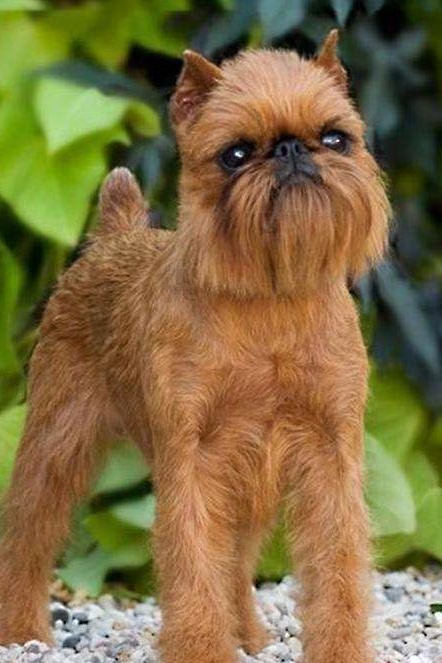
Brussels Griffon
Belgian Rough Dog
Basic Information
- Category: Pet Dog
- Origin: Belgium
- Body Type: Small
- Height: 18-20cm
- Hair Length: Long hair
- Lifespan: 12-15 years
Ratings
| Trainability | ⭐️⭐️⭐️ |
| Affection Level | ⭐️⭐️⭐️⭐️⭐️ |
| Barking Level | ⭐️⭐️⭐️⭐️ |
| Shedding Level | ⭐️⭐️⭐️ |
Breed Introduction
The Brussels Griffon is a clever, alert, and sturdy toy dog with a stout, low build and agile movements, known for its strikingly human-like face. This breed comes in two coat types: rough and smooth, which are the only differences between them. Typically weighing between 8 and 10 pounds, and not exceeding 12, the breed’s square body proportion, where the length from shoulder to upper thigh equals the height at the shoulder, along with its rounded, well-proportioned body and sturdy bones, are more critical standards than weight.
Originating from local Belgian dogs in the 15th century, the Brussels Griffon was later crossed with the Barber dog by 1880, which contributed to its snout and short-legged coat. It also has German Affenpinscher lineage and became a favored pet of Belgian royal families throughout history. By the 19th century, it was fashionable to have this dog accompany riders in horse-drawn carriages. Notably, it was also effective at keeping stables free of mice at night, earning it the nickname ‘stable lion.’
Considered wise and intelligent with a gentle and lively temperament, the Brussels Griffon became popular among both nobility and commoners. Its unique charm set it apart from other beautiful toy dogs, establishing it as a representative toy breed of Belgium. Since 1883, the Belgian dog breeders’ club established a premier association to record this breed, and its standard was formalized in 1905. The breed is divided into red long-haired and black-haired dogs.
Before the European Community’s formation, the working value of the Brussels Long-haired Griffon was already recognized. This ‘European dog’ is a result of mixing dogs from various regions, creating an excellent, interesting, clever, and reliable companion. Its naming can be confusing, with some countries grouping similar breeds as the Belgian Long-haired Griffon, while others treat each as unique (a classification primarily seen in Belgium, with cross-classification issues among the four Belgian Shepherd breeds).
The breed’s popularity peaked during the World Wars, with Brussels alone housing thousands of breeding females. Today, the Yorkshire Terrier, one of its ancestors, has largely replaced it, though it remains quite popular in Belgium. The Brussels Long-haired Griffon was historically used for ratting, a trait shared with other rough-faced dogs like the Affenpinscher. In the 19th century, attempts to reduce its size and shorten its nose by crossing it with the English Spaniel Toy resulted in a loss of its pest-catching abilities.
